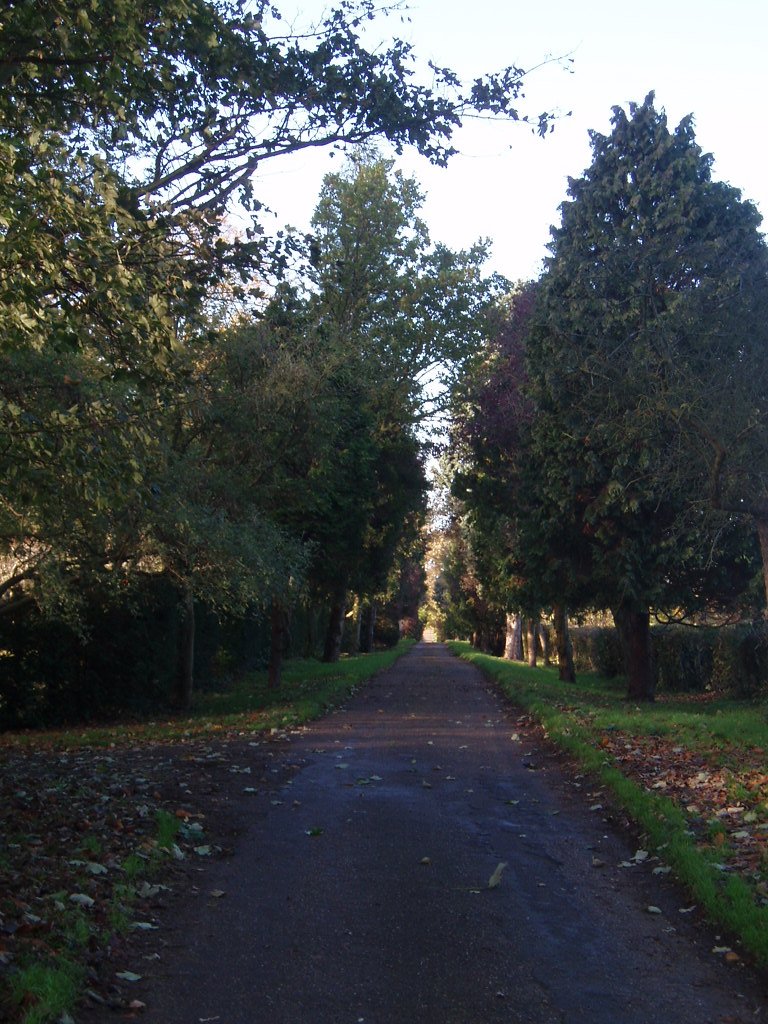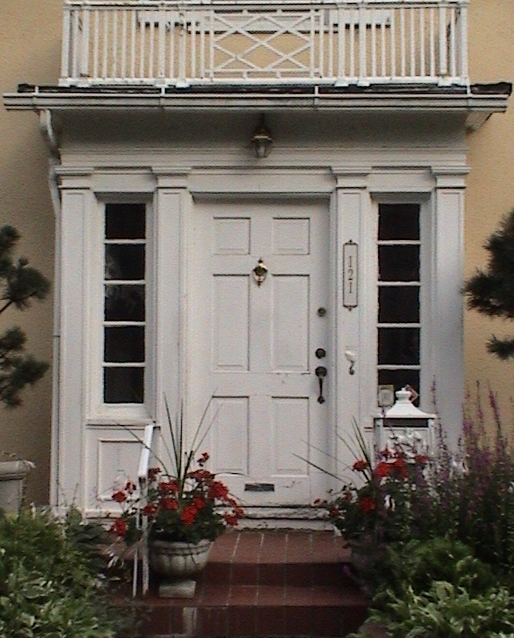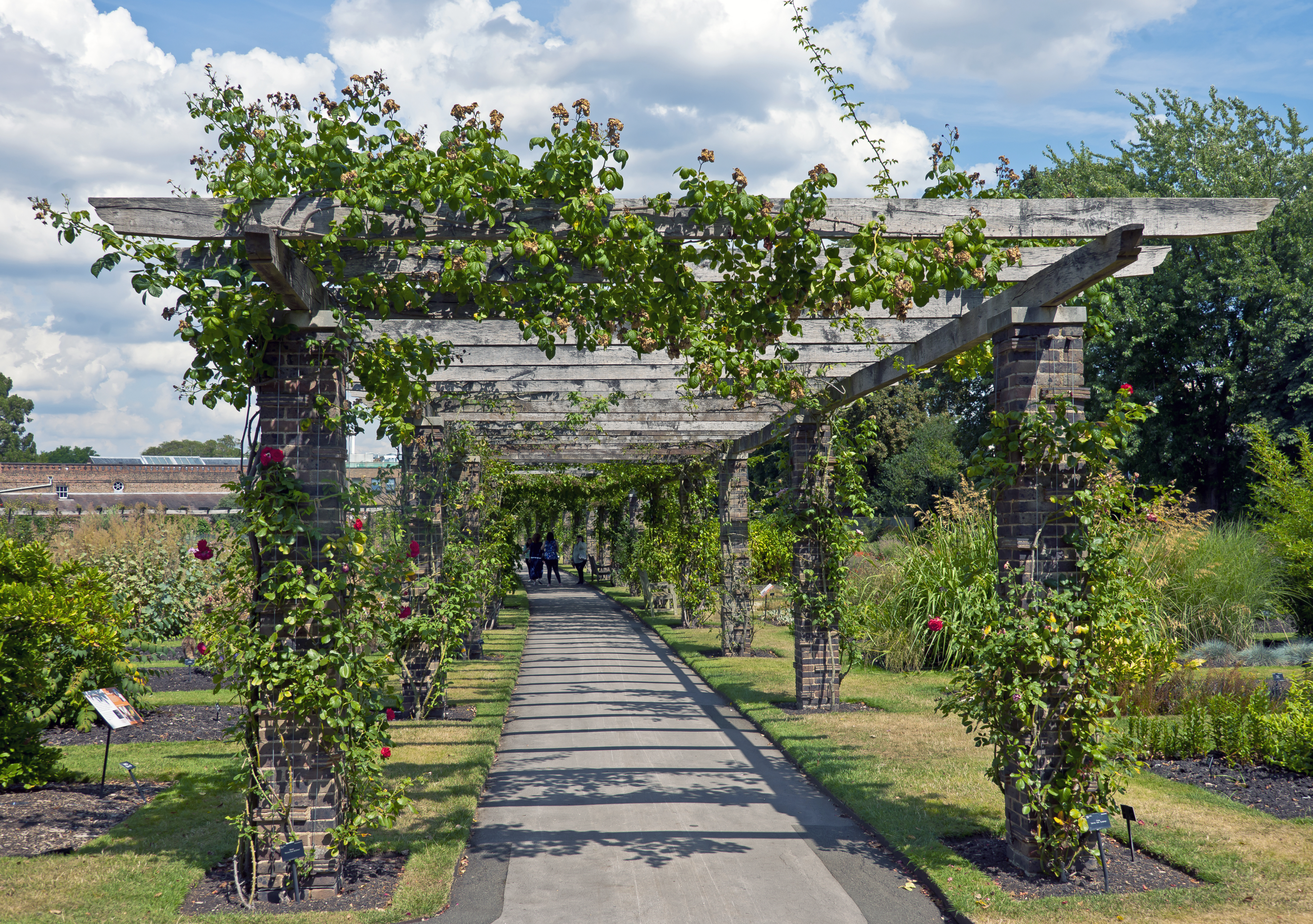|
Yongala Lodge
Yongala Lodge is a heritage-listed detached house at 11 Fryer Street, North Ward, City of Townsville, Queensland, Australia. It was designed by Rooney Brothers and was built by the Rooney Brothers from to 1930s. It is also known as Lister Private Hospital, Matthew Rooney's Residence, and Nestle Private Hospital. It was added to the Queensland Heritage Register on 21 August 1992. History The earliest section of this two-storeyed, former residence was erected between 1883 and 1887, on land acquired by Townsville builders and timber merchants John and Matthew Rooney, in mid-1883. In the late 1860s, Irish immigrants John and Jacob Rooney had established a building and timber-milling business at Maryborough, where later they were joined by their brother Matthew. In the late 1870s John and Matthew established a branch of J & J Rooney, builders, at Townsville, which was developing as the port for the Ravenswood and Charters Towers goldfields. In 1882 John and Matthew establishe ... [...More Info...] [...Related Items...] OR: [Wikipedia] [Google] [Baidu] |
North Ward, Queensland
North Ward is a coastal Suburbs and localities (Australia), suburb of Townsville in the City of Townsville, Queensland, Australia. In the , North Ward had a population of 5,073 people. The suburb is one of the oldest in the city but has undergone significant development over many decades. It is home to some of the city's top attractions including The Strand, Townsville, The Strand, the waterpark, and the rockpool. Geography North Ward is home to the beachside area known as The Strand, Townsville, The Strand, which overlooks Magnetic Island. The land is mostly flat at close to sea level except for Stanton Hill in the south of the locality () which rises to 60 metres. Kissing Point is a headland at the most northerly part of North Ward. North Ward Road (Warburton Street) runs through from north-west to south-east. History North Ward is among Townsville's oldest suburbs, dating to the 1870s. Townsville Central State School opened on 11 March 1869. It celebrated its cente ... [...More Info...] [...Related Items...] OR: [Wikipedia] [Google] [Baidu] |
Melton Hill, Townsville
Townsville City is a coastal suburb at the centre of the City of Townsville, Queensland, Australia. In the , the suburb of Townsville City had a population of 2,945 people. It is the city's central business district and a major hub for businesses of all sectors in the Northern Australia region. Geography Townsville City is a strip of land along the northern-eastern bank of '' Ross Creek'' at its mouth at the ''Coral Sea'', thus the suburb is bounded to the north by the ''Coral Sea'' and to the south-east by ''Ross Creek''. It is overlooked to the west by Castle Hill. The land is mostly low-lying, just about sea level, apart from Melton Hill () which creates a natural boundary to North Ward to the north-west. North Ward Road (Denham Street) runs through from north to south-east. History Townsville City is situated in the traditional Wulgurukaba Aboriginal country. Townsville City takes its name from Robert Towns, a merchant and entrepreneur, who was a pioneer finan ... [...More Info...] [...Related Items...] OR: [Wikipedia] [Google] [Baidu] |
Driveway
A driveway (also called ''drive'' in UK English) is a private road for local access to one or a small group of structures owned and maintained by an individual or group. Driveways rarely have traffic lights, but some may if they handle heavy traffic, especially those leading to commercial businesses or parks. Driveways may be designed and decorated in ways that public roads cannot because of their lighter traffic and the willingness of owners to invest in their construction. Driveways are not resurfaced, cleared of snow, or maintained by governments. They are generally designed to conform to the architecture, standards, and landscaping of connected houses or other buildings. Some materials used for driveways include concrete, decorative brick, cobblestone, block paving, asphalt, gravel, resin-bound paving, and decomposed granite. These materials may be surrounded with grass or other ground-cover plants. Driveways are commonly used as paths to private garages, carports, o ... [...More Info...] [...Related Items...] OR: [Wikipedia] [Google] [Baidu] |
Fretwork
Fretwork is an interlaced decorative design that is either carved in low relief on a solid background, or cut out with a fretsaw, coping saw, jigsaw or scroll saw. Most fretwork patterns are geometric in design. The materials most commonly used are wood and metal. Fretwork is used to adorn furniture and musical instruments. The term is also used for tracery on glazed windows and doors. Fretwork is also used to adorn/decorate architecture, where specific elements of decor are named according to their use such as eave bracket, gable fretwork or baluster fretwork, which may be of metal, especially cast iron or aluminum. Installing elaborate wooden fretworks on residential buildings, known as gingerbread trims, became popular in North America in the late 19th century. Fretwork patterns originally were ornamental designs used to decorate objects with a grid or a lattice. Designs have developed from the rectangular wave Greek fret to intricate intertwined patterns. A common miscon ... [...More Info...] [...Related Items...] OR: [Wikipedia] [Google] [Baidu] |
Fanlight
A fanlight is a form of lunette window (transom window), often semicircular or semi-elliptical in shape, with glazing (window), glazing bars or tracery sets radiating out like an open Hand fan, fan. It is placed over another window or a doorway, and is sometimes hinged to a Transom (architecture), transom. The bars in the fixed glazed window spread out in the manner of a sunburst. It is also called a sunburst light. In federation architecture, federation housing it is also called a toplight or top light. References External links Doorways around the World Glass architecture Windows {{architecturalelement-stub ... [...More Info...] [...Related Items...] OR: [Wikipedia] [Google] [Baidu] |
Cornice
In architecture, a cornice (from the Italian ''cornice'' meaning "ledge") is generally any horizontal decorative Moulding (decorative), moulding that crowns a building or furniture element—for example, the cornice over a door or window, around the top edge of a pedestal, or along the top of an interior wall. A simple cornice may be formed with a crown, as in crown moulding atop an interior wall or above kitchen cabinets or a bookcase. A projecting cornice on a building has the function of throwing rainwater free of its walls. In residential building practice, this function is handled by projecting gable ends, roof eaves, and rain gutter, gutters. However, house eaves may also be called "cornices" if they are finished with decorative moulding. In this sense, while most cornices are also eaves (overhanging the sides of the building), not all eaves are usually considered cornices. Eaves are primarily functional and not necessarily decorative, while cornices have a decorative a ... [...More Info...] [...Related Items...] OR: [Wikipedia] [Google] [Baidu] |
Pilasters
In architecture, a pilaster is both a load-bearing section of thickened wall or column integrated into a wall, and a purely decorative element in classical architecture which gives the appearance of a supporting column and articulates an extent of wall. As an ornament it consists of a flat surface raised from the main wall surface, usually treated as though it were a column, with a capital at the top, plinth (base) at the bottom, and the various other column elements. In contrast to a Classical pilaster, an engaged column or buttress can support the structure of a wall and roof above. In human anatomy, a pilaster is a ridge that extends vertically across the femur, which is unique to modern humans. Its structural function is unclear. Definition A pilaster is foremost a load-bearing architectural element used widely throughout the world and its history where a structural load is carried by a thickened section of wall or column integrated into a wall. It is also a purel ... [...More Info...] [...Related Items...] OR: [Wikipedia] [Google] [Baidu] |
Sidelights
A sidelight or sidelite in a building is a window, usually with a vertical emphasis, that flanks a door or a larger window. Sidelights are narrow, usually stationary and found immediately adjacent to doorways.Barr, Peter.Illustrated Glossary", 19th Century Adrian Architecture, accessed June 17, 2009.The College Hill Historic District ", Community Partnership Center, accessed June 17, 2009. While most commonly found as supporting elements emphasizing the importance of a primary entrance, sidelights may be employed at any interior or exterior door where a visual emphasis is desired, or where additional light or visibility is needed. Design Sidelights are often found in tandem with t ...[...More Info...] [...Related Items...] OR: [Wikipedia] [Google] [Baidu] |
Awning
An awning or overhang is a secondary covering attached to the exterior wall of a building. It is typically composed of canvas woven of Acrylic fiber, acrylic, cotton or polyester yarn, or vinyl laminated to polyester fabric that is stretched tightly over a light structure of aluminium, iron or steel, possibly wood or transparency and translucency, transparent material (used to cover solar thermal panels in the summer, but that must allow as much light as possible in the winter). The configuration of this structure is something of a truss, space frame or planar Framing (construction), frame. Awnings are also often constructed of aluminium understructure with aluminium sheeting. These aluminium awnings are often used when a fabric awning is not a practical application where snow load as well as wind loads may be a factor. Types Actuation Today's awnings come in two basic types: manually operated models which are opened by hand and motorized models which operate by electricity. ... [...More Info...] [...Related Items...] OR: [Wikipedia] [Google] [Baidu] |
Porch
A porch (; , ) is a room or gallery located in front of an entrance to a building. A porch is placed in front of the façade of a building it commands, and forms a low front. Alternatively, it may be a vestibule (architecture), vestibule (a small room leading into a larger space) or a projecting building that houses the entrance door of a building. Porches exist in both sacral architecture, religious and secular architecture. There are various styles of porches, many of which depend on the architectural tradition of its location. Porches allow for sufficient space for a person to comfortably pause before entering or after exiting a building, or to relax on. Many porches are open on the outward side with baluster, balustrade supported by balusters that usually encircles the entire porch except where stairs are found. The word ''porch'' is almost exclusively used for a structure that is outside the main walls of a building or house. Porches can exist under the same roof line as ... [...More Info...] [...Related Items...] OR: [Wikipedia] [Google] [Baidu] |
Pergola
A pergola is most commonly used as an outdoor garden feature forming a shaded walkway, passageway, or sitting area of vertical posts or pillars that usually support crossbeams and a sturdy open lattice, often upon which woody vines are trained. The origin of the word is the Late Latin ''pergula'', referring to a projecting eave. It also may be an extension of a building or serve as protection for an open terrace or a link between pavilions. They are different from green tunnels, with a green tunnel being a type of road under a canopy of trees. Depending on the context, the terms "pergola", "bower", and "arbor" are often used interchangeably. An "arbor" is also regarded as being a wooden bench seat with a roof, usually enclosed by lattice panels forming a framework for climbing plants; in evangelical Christianity, brush arbor revivals occur under such structures. A pergola, on the other hand, is a much larger and more open structure. Normally, a pergola does not include ... [...More Info...] [...Related Items...] OR: [Wikipedia] [Google] [Baidu] |
Chamferboard
Clapboard (), also called bevel siding, lap siding, and weatherboard, with regional variation in the definition of those terms, is wooden siding of a building in the form of horizontal boards, often overlapping. ''Clapboard'', in modern American usage, is a word for long, thin boards used to cover walls and (formerly) roofs of buildings. Historically, it has also been called ''clawboard'' and ''cloboard''. In the United Kingdom, Australia and New Zealand, the term ''weatherboard'' is always used. An older meaning of "clapboard" is small split pieces of oak imported from Germany for use as barrel staves, and the name is a partial translation (from , "to fit") of Middle Dutch and related to German . Types Riven Clapboards were originally riven radially by hand producing triangular or "feather-edged" sections, attached thin side up and overlapped thick over thin to shed water. [...More Info...] [...Related Items...] OR: [Wikipedia] [Google] [Baidu] |







